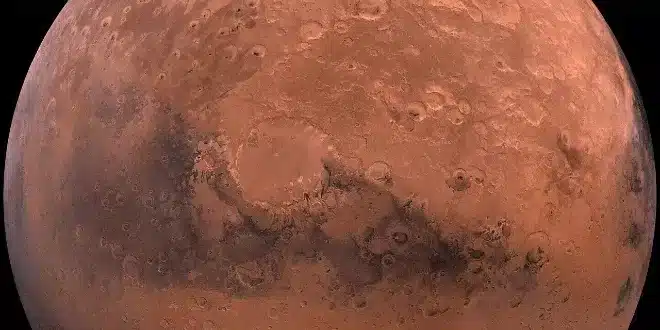NASA is channeling its resources into projects that could transform visions of science fiction into reality, pushing the boundaries of human achievements in space exploration. John Nelson, a representative from the space agency, described these initiatives as akin to “science fiction-like concepts.”
These visionary projects include a liquid-based telescope, a Mars transit system for humans and cargo, and a lunar railway system. They are all part of NASA’s Innovative Advanced Concepts (NIAC) program, which supports forward-thinking research ideas.
So far, six projects have progressed through the initial phase of NIAC and are entering Phase II. This next phase will see each project receive over $600,000 to continue research over the following two years.
While these projects are still in the conceptual stage with no certainty of fruition, they are considered critical steps toward future aerospace missions, provided they advance to the final phase of NIAC. John Nelson from NASA’s headquarters in Washington expressed his enthusiasm about the potential these projects hold for the future of space exploration.
A key focus area for advancing space research is the development of larger telescopes. According to Edward Balaban from NASA, current space telescope technologies are not economically viable for scaling to apertures larger than 10 meters, thus highlighting the need for more cost-effective solutions.
One such innovative proposal is the FLUTE project, which aims to create space observatories with large, unsegmented liquid primary mirrors formed in microgravity using fluidic shaping. This concept has been tested in laboratory settings, aboard the International Space Station, and during microgravity flights.
Additionally, NASA is exploring the Pulsed Plasma Rocket project for electric spacecraft propulsion, which could significantly improve the efficiency and speed of transporting humans and cargo across the vast distances of space.


